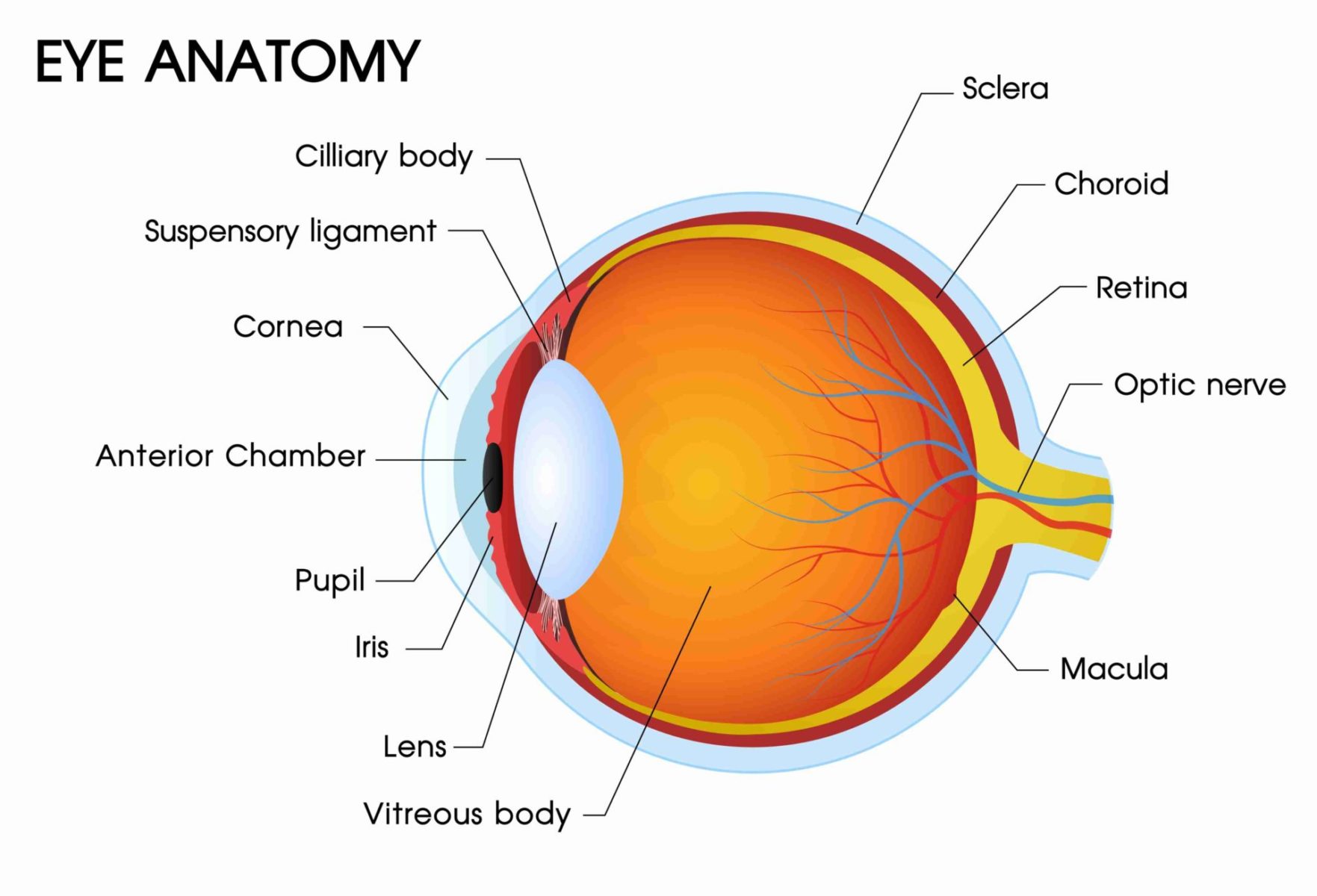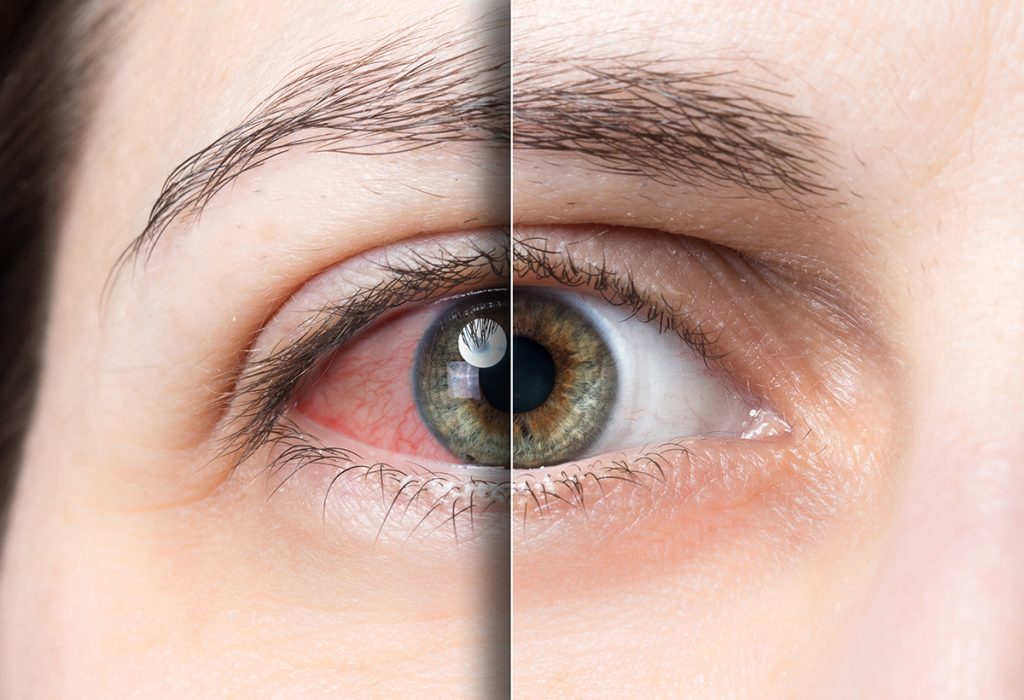In
today's digital age, our reliance on computers and smartphones has become
ingrained in our daily lives. From work to leisure, we spend countless hours
staring at screens, often experiencing discomfort such as dry eyes. This
phenomenon, known as computer vision syndrome (CVS) or digital eye strain,
affects millions worldwide. Understanding why our eyes become dry during
prolonged screen time and adopting strategies to alleviate this discomfort is
crucial for maintaining eye health in the digital era.
The
Anatomy of the Eye
To
comprehend why dry eyes, occur during computer or smartphone use, it's
essential to understand the eye's anatomy. The tear film, a thin layer covering
the eye's surface, is composed of three layers: lipid, aqueous, and mucin. This
film lubricates the eyes, providing moisture, comfort, and protection against
irritants.
Causes
of Dry Eyes
Several factors contribute to dry eyes while using computers or smartphones:
1. Reduced
Blinking: When focusing on screens, individuals tend to blink less frequently.
Normally, blinking helps spread tears evenly across the eye's surface. Reduced
blinking leads to tear evaporation, resulting in dryness and discomfort.
2. Screen
Glare: Glare from screens can strain the eyes, leading to squinting and
decreased blinking. This exacerbates dryness and discomfort.
3. Blue
Light Exposure: Screens emit blue light, which may disrupt the production of
melatonin, affecting sleep patterns. Prolonged exposure to blue light may also
contribute to eye strain and dryness.
4. Poor
Posture: Incorrect posture while using electronic devices can impact tear
production. Leaning forward or tilting the head downward can reduce the rate of
blinking, worsening dry eye symptoms.
5. Environmental
Factors: Low humidity levels in indoor environments, common in offices and
homes, can contribute to dry eyes. Air conditioning and heating systems further
exacerbate dryness by reducing humidity levels.
Symptoms
of Dry Eyes
Recognizing
the symptoms of dry eyes is crucial for timely intervention and management:
Stinging or Burning Sensation: Individuals may
experience a burning or stinging sensation in their eyes, particularly after
prolonged screen use.
Redness: Dry eyes often appear red and
bloodshot due to irritation and inflammation.
Blurry Vision: Blurred vision, especially when
shifting focus between screens and other objects, is a common symptom of dry
eyes.
Sensitivity to Light: Increased sensitivity to
light, known as photophobia, can occur with dry eyes.
Eye Fatigue: Prolonged screen time can lead to
eye fatigue, characterized by tired, achy eyes.
Managing
Dry Eyes
Fortunately,
several strategies can help alleviate and prevent dry eyes during computer and
smartphone use:
1. Follow
the 202020 Rule: Every 20 minutes, take a 20second break, and focus on
something at least 20 feet away. This helps reduce eye strain and encourages
blinking.
2. Blink
Regularly: Make a conscious effort to blink more frequently, especially while
using electronic devices. Blinking helps distribute tears evenly, preventing
dryness.
3. Adjust
Screen Settings: Reduce screen brightness and adjust contrast settings to
minimize glare. Consider using a matte screen filter to reduce reflections and
glare further.
4. Position
Screens Properly: Position screens slightly below eye level and at arm's length
to reduce strain and encourage natural blinking.
5. Use
Artificial Tears: Over-the-counter artificial tear drops can provide temporary
relief from dry eyes. Choose preservative free drops to minimize irritation.
6. Stay
Hydrated: Drink plenty of water throughout the day to maintain overall
hydration, which supports tear production.
7. Humidify
the Air: Use a humidifier to add moisture to indoor environments, especially
during the winter months when indoor heating systems can dry out the air.
8. Consider
Blue Light Filters: Invest in blue light filtering glasses or software
applications that reduce blue light exposure from screens.
9. Practice
Proper Ergonomics: Maintain good posture while using electronic devices to
reduce strain on the eyes and surrounding muscles.
10. Visit
an Eye Care Professional: If dry eye symptoms persist or worsen, consult an eye
care professional for a comprehensive evaluation and personalized treatment
plan.
Conclusion










